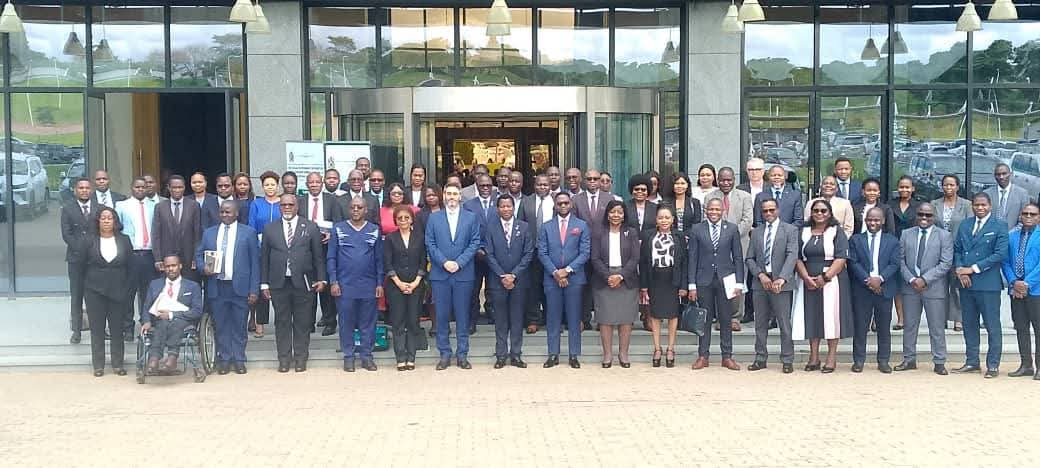By Burnett Munthali
Analyzing the Malawi Congress Party (MCP) manifesto through a critical lens reveals a document that, while rich in rhetoric and ambition, often falls short on clarity, feasibility, and genuine accountability.
The party’s historical performance provides a necessary context for understanding its current promises.
As the ruling party since 2020, MCP has had ample opportunity to implement its vision, and therefore, its manifesto must be judged not just by its words, but by its track record.
Despite claiming to champion transformative leadership, the reality on the ground shows persistent economic stagnation, high youth unemployment, and worsening corruption.
The 2025 manifesto attempts to position the MCP as a party of action, but it lacks introspection on the unfulfilled promises of the previous term.
For instance, while the party once pledged one million jobs within a year, official data and anecdotal evidence suggest this promise remains largely unfulfilled.
In areas such as education and healthcare, the manifesto is filled with idealistic language but offers few concrete, time-bound solutions.
The document vaguely mentions improving infrastructure and increasing teacher deployment, yet fails to explain how these initiatives will be financed in an economy battling debt and currency instability.
When it comes to the economy, the MCP manifesto focuses heavily on agricultural transformation and rural development.
However, there is little discussion on structural reforms, diversification, or boosting private sector investment, which are essential for long-term economic growth.
Moreover, the manifesto does not adequately address the country’s foreign exchange crisis, rising cost of living, or the controversial government spending that has eroded public trust.
Its anti-corruption stance, while admirable on paper, rings hollow when juxtaposed with the party’s failure to deal decisively with scandals involving senior government officials.
Citizens have watched with frustration as investigations stall, reports are buried, and whistleblowers are silenced, contradicting the manifesto’s claims of upholding transparency and integrity.
The manifesto does mention decentralization and empowering local government, but it remains unclear how much autonomy district councils will truly have under MCP leadership.
Inclusivity is another key theme, with pledges to empower women, youth, and persons with disabilities.
Yet, practical mechanisms for inclusion are absent, and many of the proposals seem more symbolic than actionable.
There is also an over-reliance on donor support and public-private partnerships without realistic strategies for building domestic revenue capacity.
The manifesto reads more like a campaign wish list than a strategic governing document.
It recycles previous promises without acknowledging the reasons behind their failures or delays in implementation.
In terms of accountability, there is little said about performance evaluation, citizen oversight, or strengthening independent institutions that would ensure delivery.
While the party leans heavily on President Lazarus Chakwera’s moral image, voters are increasingly demanding results, not sermons.
There is a growing sense among Malawians that MCP must shift from preaching reform to practicing it.
The manifesto’s lack of measurable targets, weak financial planning, and absence of new ideas signals a party that may be running out of steam.
It appears MCP is banking on nostalgia, symbolism, and incumbency rather than bold innovation and honest introspection.
Conclusion
The MCP manifesto is a polished political product, but beneath its surface lies a concerning disconnect between promise and performance.
For a party that once rode the wave of hope and reform, it now finds itself needing to prove that it still has the vision, discipline, and political will to deliver.
Unless the MCP can translate its manifesto into measurable action and rebuild trust with a disillusioned public, the document risks becoming yet another forgotten blueprint of broken promises.




